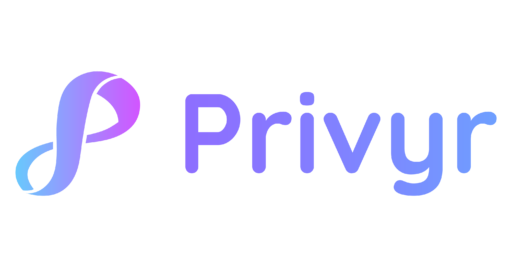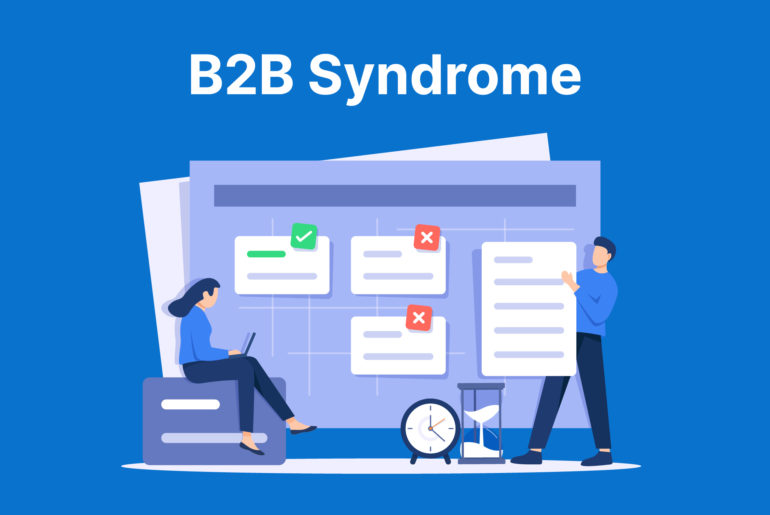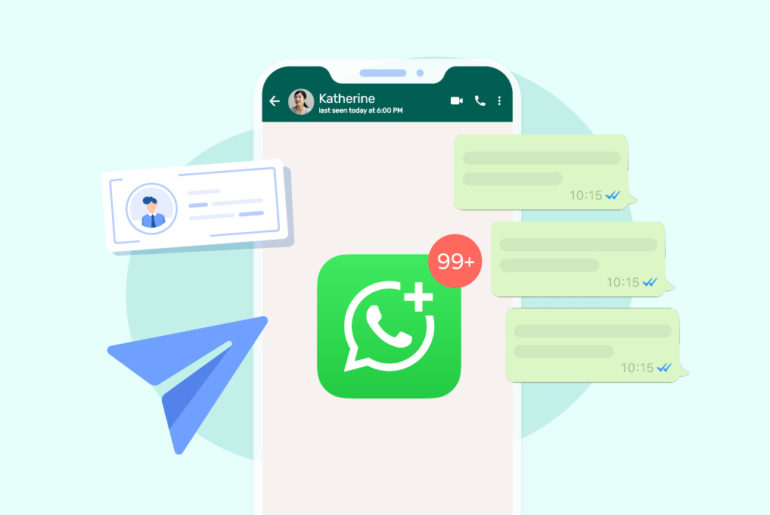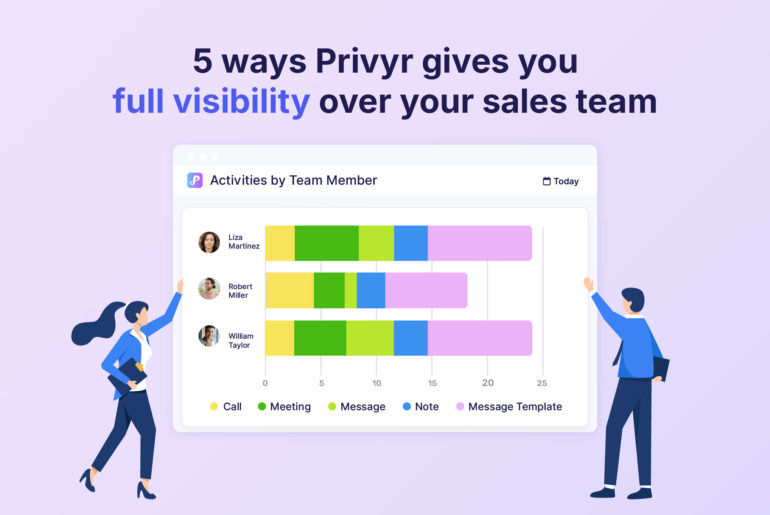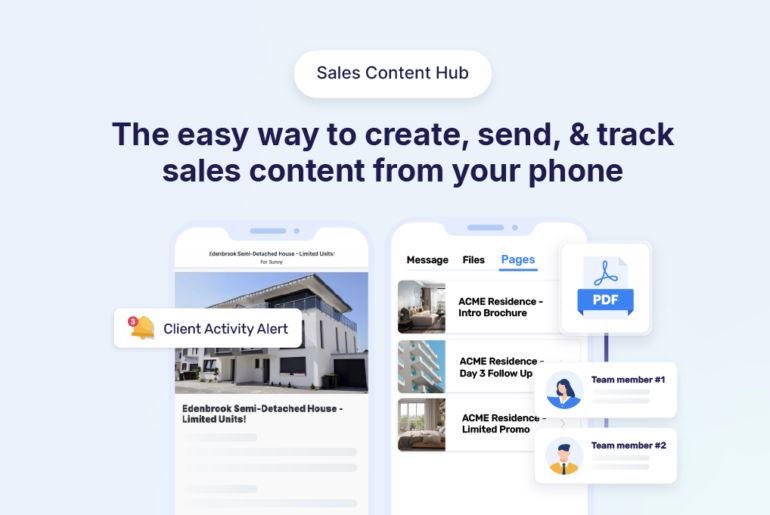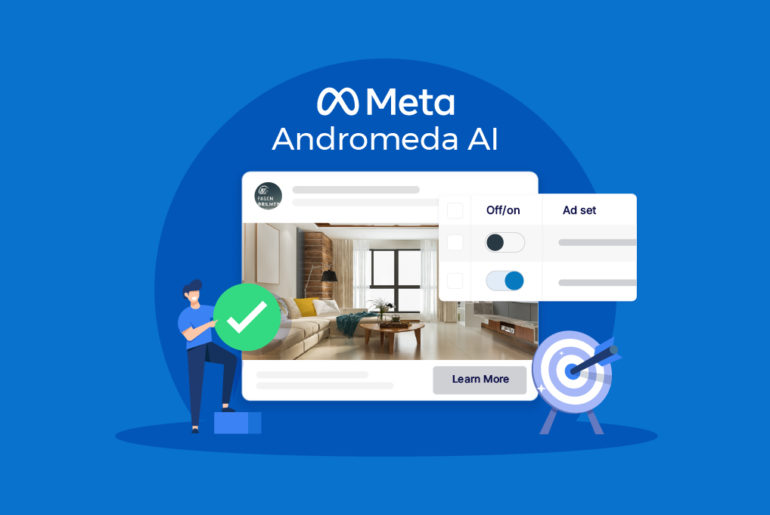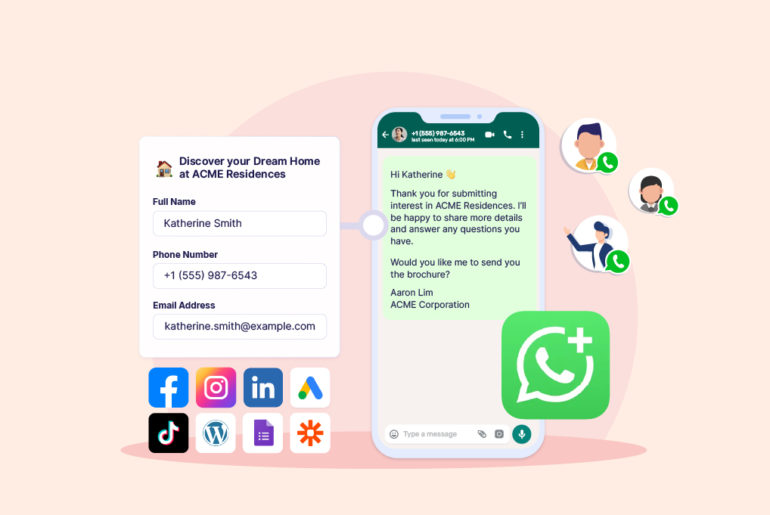Sometimes, messaging a new lead almost feels like opening a mystery box… You cross your fingers before pressing ‘send’ and hope that the lead is (at least) a real person. The lead can either respond to your outreach or ignore you altogether, but lately you’re not getting a whole lot of replies, let alone conversations that lead to sales.
So what can you do to ensure your new leads don’t ignore you? What should you write in the first message to boost the number of replies you get?
Here’s what we learned from the outreach of over 50,000 salespeople, marketers, and small businesses across hundreds of professions.
How to write outreach messages that get more replies 🔥
1. Include the lead’s name and provide context in the first 10 words.
While you know who you’re messaging and why you’re contacting them, remember that from the lead’s perspective, they’re receiving a random message from an unknown number. Most of the time, they only see a preview of the message on their phone’s lock screen before deciding whether to tap and read, or just ignore it.
In other words, the fate of your outreach depends on the first 10 words of your first message.
Try not to waste it on unnecessarily long pleasantries that don’t immediately establish a connection and context. For example, “Dear Sir/Madam, thanks for your interest in our products and services…” That’s 10 words wasted. If a prospect reads this from their notifications, they probably won’t even want to open the full message because it’s too vague and looks like spam.
Instead, you should always include two things in the first 10 words of your message:
- The name of the lead. This will get their attention, and shows that you know who they are. It immediately differentiates you from the spam and scams they usually receive from unknown numbers.
- The name of the product or service they’re interested in. This will give context and help them recognise what you’re reaching out about, so it doesn’t seem like they’re getting an unsolicited message.
Example:
- ✅ “Hi Jane, thanks for submitting interest in ACME Residences on Facebook…”
2. Keep it short and simple.
Your first message to your lead should be a quick and simple introduction to the product or service they’re interested in, not the whole history of your business. You don’t want your prospects to experience information overload when they view your message. If they do, they might not even read the entire message, let alone reply.
Most people are busy, and they probably won’t prioritise reading a very long message from a salesperson they barely know.
Target to make your first message short and easy to skim. How short? Less than half the height of your phone. The full message should be visible even if your phone’s keyboard is showing, covering the bottom part of the screen.
Of course, you’ll probably have a lot more details to share. You can do that later on in the conversation – after the lead has replied.
3. Always end your message with a simple question.
Ending your first message with a question encourages the prospect to respond, especially if it’s a very easy yes-or-no question. On the other hand, asking no questions at all makes it seem like no response is even needed.
When you only send information about your products or services – without any question to prompt them – they might think: “Okay, noted. I got the details I was looking for. I don’t have any questions right now.” But they probably won’t actually bother to type and send that (why would they?).
Adding a simple question at the end of your first message helps move the conversation along naturally. Your prospects will also feel like you’re initiating a personal conversation with them, as opposed to a generic sales pitch that looks automated or copy-pasted.
Examples:
- ✅ “Would you like me to send you the e-brochure for ACME Residences?”
- ✅ “Would you like to know the latest promotional rates for our wedding packages?”
4. Avoid asking too many questions (or difficult questions).
While you should ask a question in your initial outreach, you shouldn’t go overboard by asking more than one question or asking difficult questions. These will prevent your prospects from replying quickly, if at all.
As a general rule, a lead should be able to read and reply to your first message within 10 seconds. This means that in the beginning, you should only ask one question that can be answered with Yes, Sure, or a simple 👍.
Avoid asking questions that people won’t be able to answer in a short pocket of time. They could be waiting for the elevator, standing in line for coffee, or checking their phone with one hand while grabbing a quick bite with the other. In these moments, they’re far less likely to respond immediately to questions like these:
- ❌ How may I help you today? ← Too general and open-ended. They need time to think about your product or service, what information they already have, and what details or clarifications they need.
- ❌ What is your salary and budget? ← Too personal. They may not be ready to share this information in the first message to a salesperson they just met.
- ❌ What insurance policies do you already have, and what type of coverage do they offer? ← Too difficult to answer quickly. They might not know the exact details of their current policies.
If your prospects have to postpone their answer to your question, they are likely to forget to respond altogether as they go about their day. So what does it mean to ask a simple question? It’s a question so easy to answer, you already know they’ll say YES.
Examples:
- ✅ “May I send you the floorplans for ACME Residences?”
- ✅ “Would you like to see the list of courses we currently offer?”
5. Don’t include links or attachments in your first message.
If your first outreach message contains a link or an attachment, you’re much less likely to get a reply. When a message includes links or attachments, it makes it a lot harder to quickly view and understand everything since it requires clicking through to see the content (which may be quite long in itself).
This makes it difficult for your leads to even read the message, let alone reply. If you caught them at a bad time (e.g they’re busy or distracted), they might think to read your full message and attachments later, but then quickly forget about it.
You should only send links and attachments after the lead replies to your initial message. And this is especially important if you’re texting your new leads on apps like WhatsApp or iMessage, where your links may not even be clickable at first due to security features.
Leads not clicking your links? Here’s why and how to fix it.
Summary
The mantra to writing an effective first outreach message is this: personalise it with your leads’ name, build context in the first 10 words, keep it short and simple, ask one simple yes/no question, and don’t include links or attachments. Once you master this formula, you’ll start seeing more of your initial messages to new leads turn into conversions.
